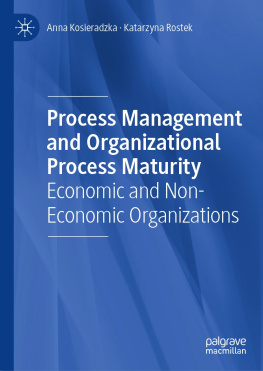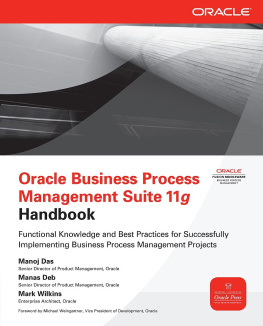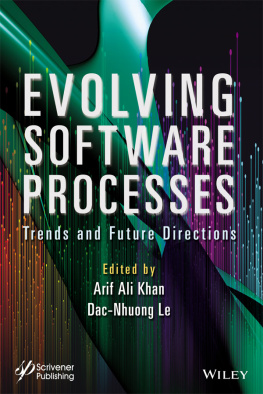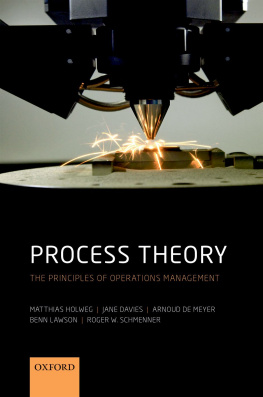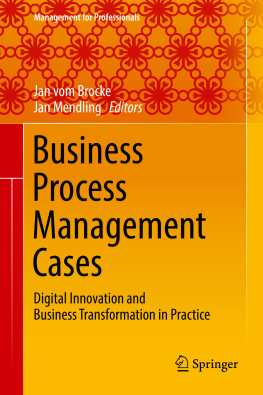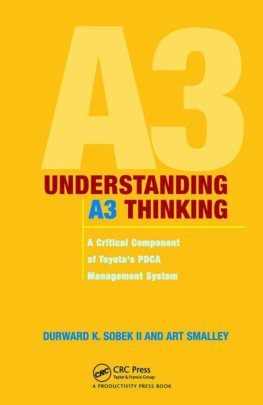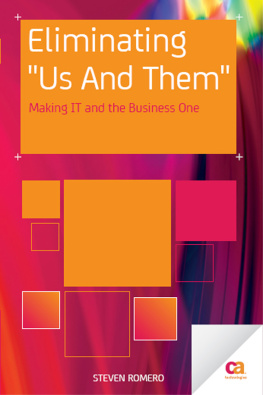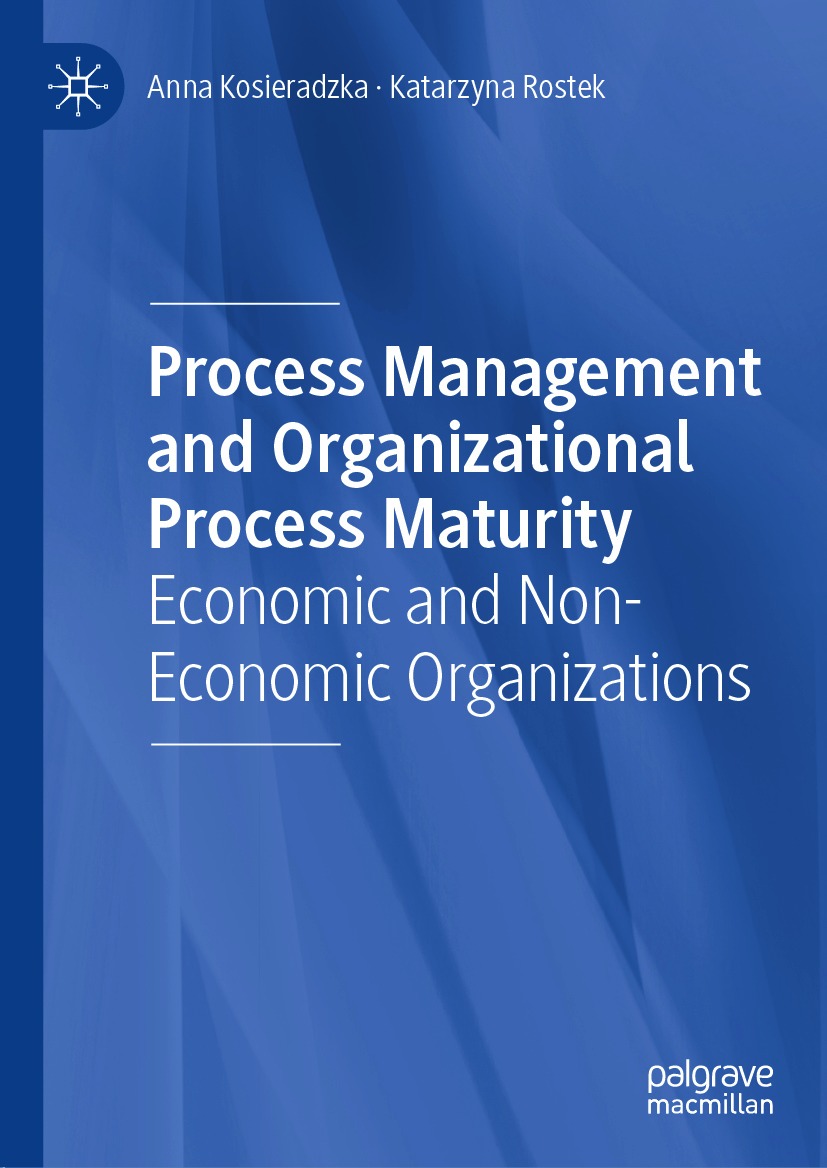Anna Kosieradzka
Faculty of Management, Warsaw University of Technology, Warsaw, Poland
Katarzyna Rostek
Faculty of Management, Warsaw University of Technology, Warsaw, Poland
ISBN 978-3-030-66799-3 e-ISBN 978-3-030-66800-6
https://doi.org/10.1007/978-3-030-66800-6
The Editor(s) (if applicable) and The Author(s), under exclusive license to Springer Nature Switzerland AG 2021
This work is subject to copyright. All rights are solely and exclusively licensed by the Publisher, whether the whole or part of the material is concerned, specifically the rights of translation, reprinting, reuse of illustrations, recitation, broadcasting, reproduction on microfilms or in any other physical way, and transmission or information storage and retrieval, electronic adaptation, computer software, or by similar or dissimilar methodology now known or hereafter developed.
The use of general descriptive names, registered names, trademarks, service marks, etc. in this publication does not imply, even in the absence of a specific statement, that such names are exempt from the relevant protective laws and regulations and therefore free for general use.
The publisher, the authors and the editors are safe to assume that the advice and information in this book are believed to be true and accurate at the date of publication. Neither the publisher nor the authors or the editors give a warranty, expressed or implied, with respect to the material contained herein or for any errors or omissions that may have been made. The publisher remains neutral with regard to jurisdictional claims in published maps and institutional affiliations.
This Palgrave Macmillan imprint is published by the registered company Springer Nature Switzerland AG
The registered company address is: Gewerbestrasse 11, 6330 Cham, Switzerland
Introduction
The process approach is a dynamic management strategy, supplemental to the static method (functional and systemic). It entails such activities as: identification of processes, determination of their respective priorities and correlations, implementation of quality assurance and evaluation methods, performance monitoring, control, verification, and improvement. The effects of the process approach and its ultimate results are determined by the organizations capacity to ensure the proper implementation of each of the aforementioned elements that comprise the process lifecycle . At the same time, a process that is not subject to systematic control and evaluation, and consequently not adapted to the dynamically changing circumstances and requirements, is bound to quickly fail to serve its function at the expected level. This is a key challenge faced by processually managed organizations .
Although international studies conducted by the Business Process Trends organization between 2005 and 2017 indicate that over half of worldwide organizations are engaged in large-scale and strategically vital process management projects (BPTrends Report 2018, p. 9), the results of local research suggest significantly lower indices. As follows from a study conducted by ICAN Research for Macrologic SA in 2016, only one in five Polish enterprises elected to implement the process approach. In turn, a study by Webcon and Computerworld conducted in 2017 indicated that only 30% of directors in Polish companies employing more than 150 people declared having no immediate needs in terms of process management. At the same time, the remaining 70% identified the following challenges and barriers in terms of the same (Wrbel 2017): personnel and competence shortages, lack of support from managerial staff for the process-centered perception of the organization, necessity to continuously adapt processes to ongoing changes in the organization itself and its milieu, difficulty in evidencing the profitability of investment in process reorganization (e.g., in terms of the ROI index), extensive and strong hierarchical dependencies in the context of knowledge, information, and decision-making flows (so-called information silos), high structural complexity of respective processes and difficulties in terms of their precise identification.
Given the above and the authors own experience, one can assume that effective implementation of the process approach will be conditional upon a variety of factors depending on the character of the organization, its structure, number of employees, type of activity, as well as certain social, economic, and legal circumstances specific to the same. Hence, the methods, techniques, and tools employed in the context of process implementation and exploitation ought to account for and be adapted to said circumstances, the most important of which seems to be the type of the organization itself. For this reason, this monographic study will provide a comparative presentation of both economic and non-economic organizations with the aim of answering the following research questions:
Q1: To what extent can one identify differences in the process approach applicable to economic and non-economic organizations?
and
Q2: What is the importance of accounting for said differences relative to the efficiency and effectiveness of process results?
Given the rather general character of the concepts of an economic This narrowing of the scope will not hinder the main goal of the monographic study, i.e., identification of organizational differences and the significance of their impact on the efficiency and effectiveness of the process approach implementation in organizations. At the same time, we believe that the reader should benefit from the fact that the presented examples and case studies will be drawn from specific contexts limited as described above.
In order to comprehensively approach the adopted research questions, the structure of this monographic study will reflect an adapted version of Demins four-stage PDCA cycle which includes all key phases of the process lifecycle in an organization, from its initial modeling to eventual improvement, and facilitates ongoing updates and adjustments vis--vis the continuously evolving needs of the organization (Fig. below. At this stage, it should only be mentioned that the proposed scheme constitutes the summary and generalization of analyses conducted on a variety of different process lifecycles in organizations, and is based on the assumption that, on the one hand, all key areas of process management need to be accounted for, and on the other, that the level of generalization must ensure its applicability to any type of organizations.
Fig. 1
Abstract idea (Source: own elaboration)
Due to the fact that the obtained results are affected by the organizations process maturity, a chapter related thereto is also included in the study. The proposed structure facilitated a broad elaboration on the problemwith insights related to the entire organization and its presence on the market as well as its overall business milieu, rather than limiting oneself to solely the internal perspective.

